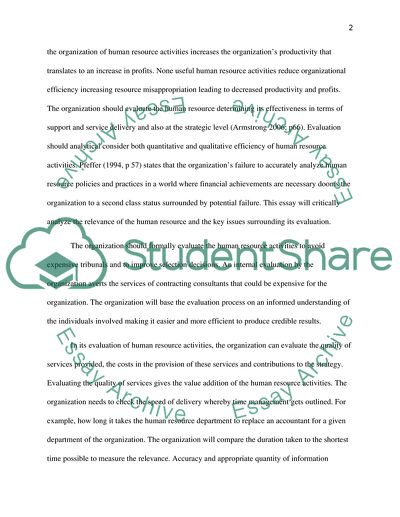Cite this document
(Human Resource Evaluation Literature review Example | Topics and Well Written Essays - 1750 words, n.d.)
Human Resource Evaluation Literature review Example | Topics and Well Written Essays - 1750 words. Retrieved from https://studentshare.org/human-resources/1869858-human-resources
Human Resource Evaluation Literature review Example | Topics and Well Written Essays - 1750 words. Retrieved from https://studentshare.org/human-resources/1869858-human-resources
(Human Resource Evaluation Literature Review Example | Topics and Well Written Essays - 1750 Words)
Human Resource Evaluation Literature Review Example | Topics and Well Written Essays - 1750 Words. https://studentshare.org/human-resources/1869858-human-resources.
Human Resource Evaluation Literature Review Example | Topics and Well Written Essays - 1750 Words. https://studentshare.org/human-resources/1869858-human-resources.
“Human Resource Evaluation Literature Review Example | Topics and Well Written Essays - 1750 Words”, n.d. https://studentshare.org/human-resources/1869858-human-resources.


